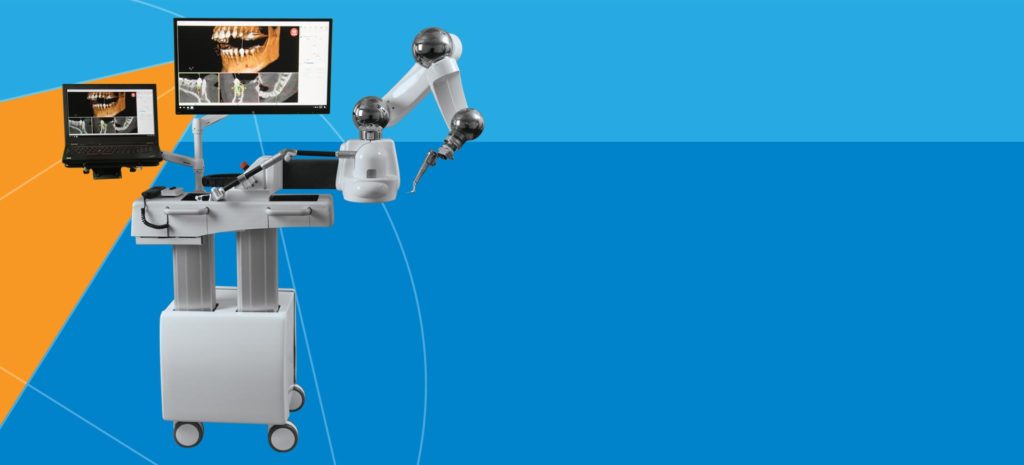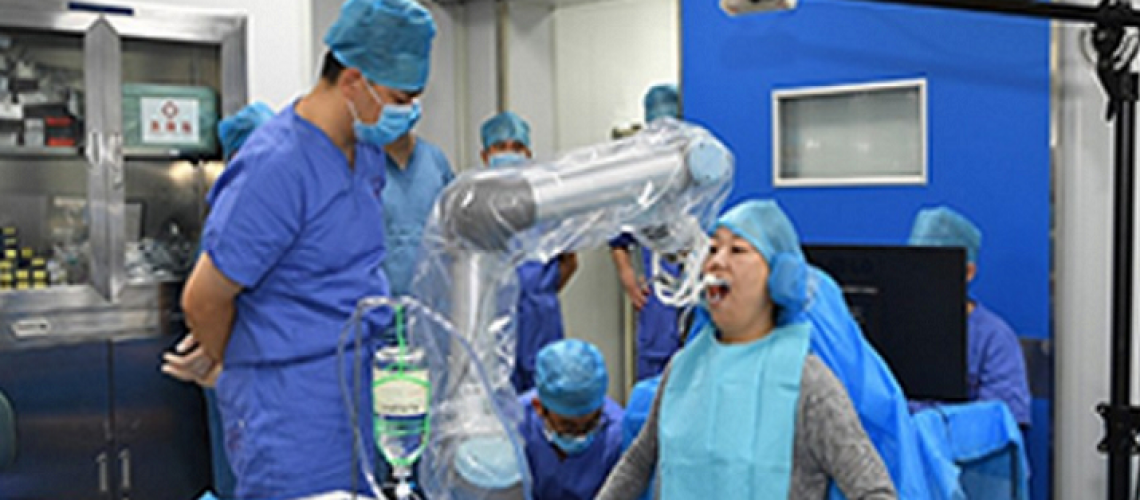This robot dentist may be the solution to China’s shortage of qualified dental clinicians
It is estimated that 400 million people in China are missing teeth, yet only one million dental implants are placed in China per year. The country faces an alarming lack of qualified dentists or oral surgeons. Untrained clinicians often place dental implants incorrectly during surgery, resulting in further oral complications for the patients. Beijing's Beihang University collaborated with the Fourth Military Medical University's Stomatological Hospital to develop a solution to China’s shortage of dental professionals. On Saturday Sept 23, a robot dentist successfully placed two dental implants in a female patient. The implant surgery with the robotic surgeon worked similarly to a normal dental implant surgery, with a CT scan and digital treatment planning. The robot then performed the actual surgery, placing the implants in the patient’s jaw exactly as the treatment plan dictated. The robot surgeon has high precision, with a margin of error of 0.2—0.3 mm. A pair of 3D printed crowns was fixed to the implants. It took less than an hour; the robot’s first autonomous surgery was a success! This is the first time that a robot has performed a successful dental implant surgery without any human input (though humans did position orientation equipment on the patient and program the robot’s movements) and without any harm coming to the patient. With further development and clinical research, it is possible that this robot dentist may be the solution to China’s shortage of qualified dental clinicians. In a country where 400 million people are facing the negative effects of tooth loss, the robot surgeon can potentially improve the quality of life for many Chinese people.A Robotic Dental Assistant?
China’s new robotic dental surgeon is not the first advance in robotic dentistry this year. In March the FDA cleared a robotic guidance system for dental implant procedures called Yomi. Therefore, Neocis, Inc can market Yomi in the United States. Yomi is the first robotic assistance guidance system for dental implant surgery. Though Yomi does not perform an implant surgery, like the new robot in China, it does use haptic technology to help a human surgeon with drill position, orientation, and depth. Essentially, it ensures that the surgeon places the implant precisely as planned, reducing the risk of human error. Yomi can even adapt to last-minute changes to a treatment plan—something that physical surgical guides cannot do.


